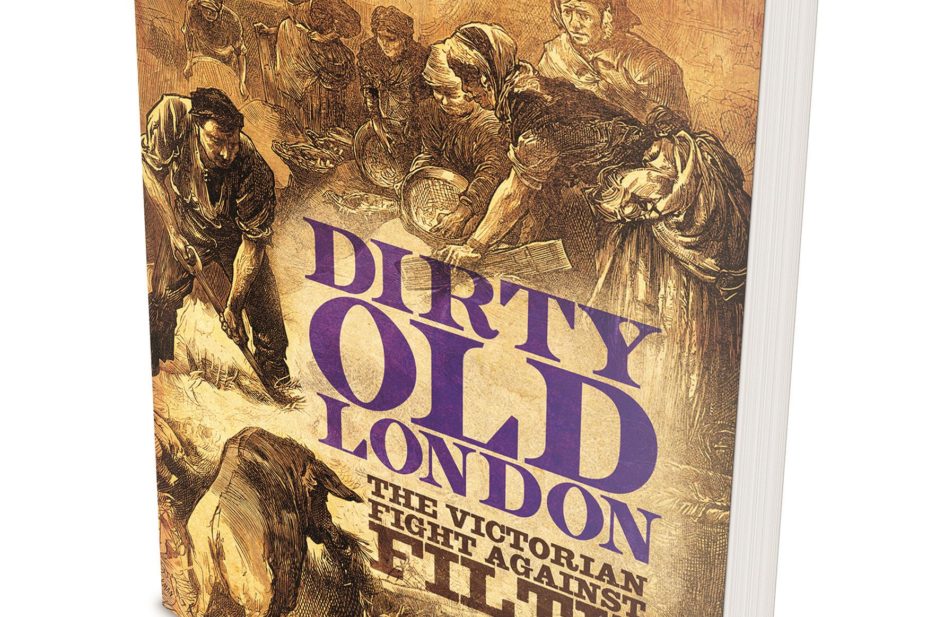
Victorian London faced a public health crisis that no other city had faced before. The first truly industrialised city, the first metropolis, the Big Smoke, London was a nineteenth century battleground between public health and disease. As Lee Jackson’s ‘Dirty old London’ notes, it was a fight the Victorians never truly won.
It’s from this point that Jackson approaches the subject, with a wit and passion that draws in both contemporary anecdotes and historical record. Stories abound of ‘night soil’ — cesspools that could, by law, only be emptied at night — graveyards overflowing to the point they became level with the windows of neighbouring houses, and a lack of public toilets forcing proprietors to fit urine deflectors in alleys to “conduct the stream into the shoes”.
The end result is a mix of grand story and personal detail that makes for an intoxicating read through the dawning of sanitation, and forces the reader to compare modern day London with the lost world of gaslit alleys and stinking slums.
Jackson breaks his history into areas of grime, looking at each in turn. He tells the stories of dustmen who only take away dust if tipped properly, who can become rich men from owning dust piles and who refuse to clean slums because of the lack of a cash tip, of great engineering works such as sewers to free London of miasma, and grand schemes such as a giant pyramid necropolis almost built on Primrose Hill, with room for almost 150,000 coffins on the ground level alone. Dustmen, road sweepers, road builders, doctors, gravediggers, sewage workers, engineers, chimney sweeps, politicians and even painters all come together to make the incremental gains that would, eventually, help London escape the grip of cholera and typhoid.
Unfortunately, this myriad of stories prevents a single anchor point, and paints a mosaic of developments rather than a single narrative thread. ‘Dirty old London’ also assumes a certain level of intimacy with the capital, and anyone who doesn’t know Whitehall from Whitechapel could easily lose their way. Yet the stories and events Jackson shares create a fascinating glimpse into one of the first recognisable public health crusades, and a reminder that, if the Victorians truly believed the idiom ‘cleanliness is next to godliness’, it didn’t stop them being a messy bunch.
References
‘Dirty old London: the Victorian fight against filth’, by Lee Jackson. Pp 293 £20. London: Yale University Press; 2014. ISBN 978 0 300 19205 6

